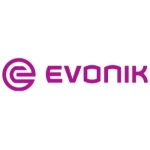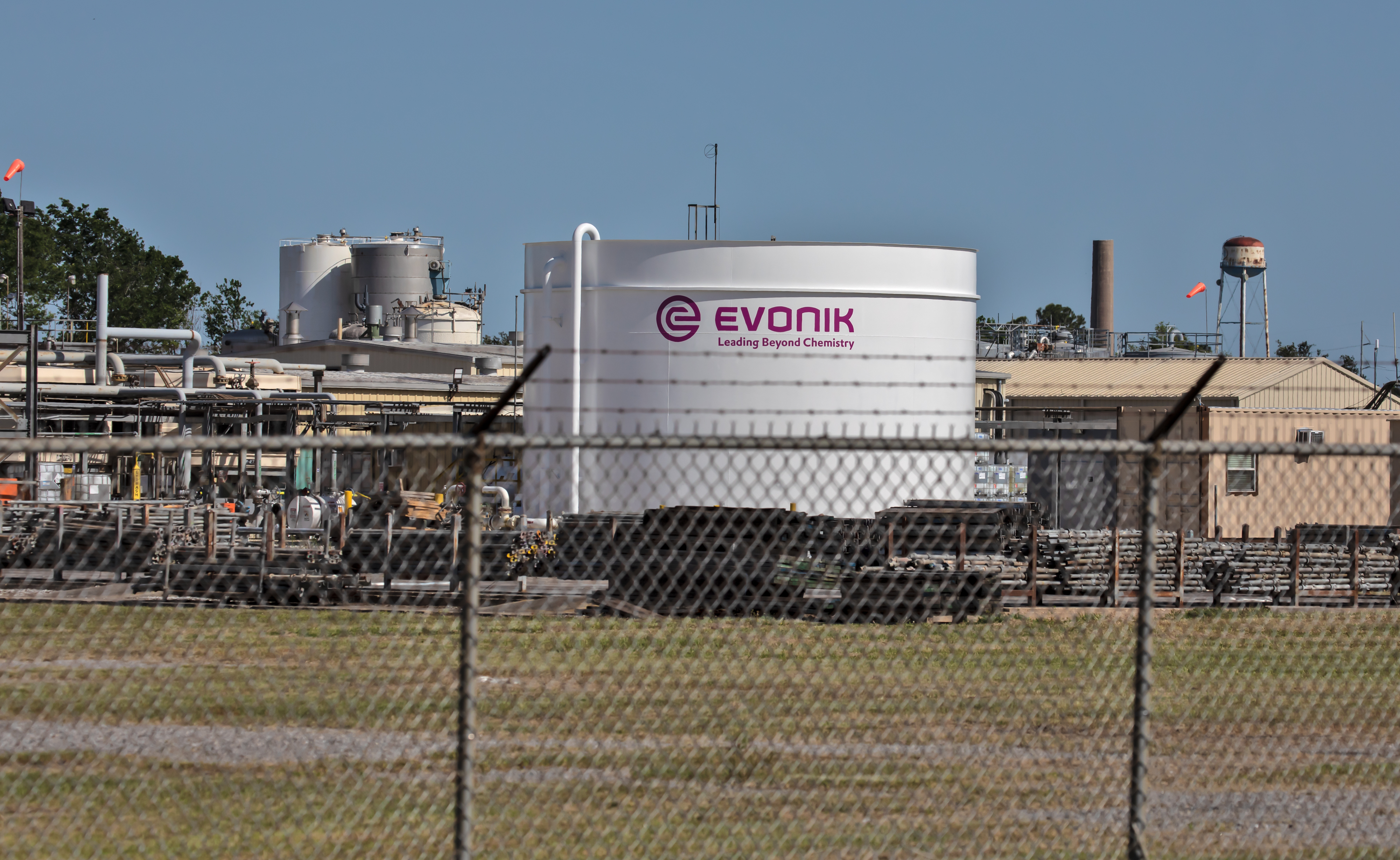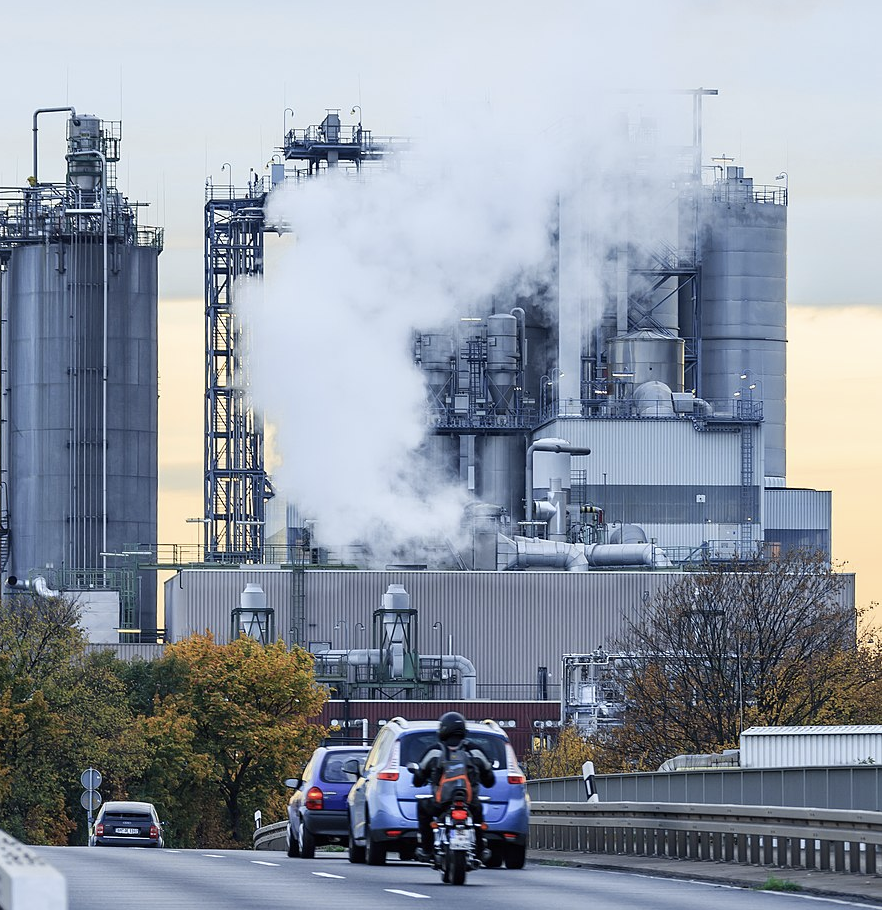Cancer Alley: Evonik profile


Evonik was originally the chemical manufacturing division of Ruhrkohle AG, a coal company headquartered in Essen, North Rhine-Westphalia, Germany, that merged with Degussa AG, a company that refined precious metals and manufactured pesticides. It was renamed and converted into a new company in 2007 but it is still majority controlled by the same shareholders that own RAG Aktiengesellschaft, the coal company. Degesch, a Degussa subsidiary, was one of the main manufacturers of Zyklon B, a chemical used by the Nazis to kill millions in the gas chambers. Degussa was also in charge of processing the gold dental fillings of those who were killed.

(See the U.S. Environmental Protection Agency's Enforcement and Compliance History Online for Evonik's plants in Garyville and Reserve. Note that auto-display of data from this link may be disabled for some browsers. If so, copy the URL manually into a new browser window to see it.)
As a major manufacturer of ‘speciality’ chemicals, Evonik is now attempting to re-invent its image as a supplier of ‘sustainable’ ingredients to the cosmetics and skin care industry. Yet one of these cosmetics factories is situated in Reserve, Louisiana, in ‘Cancer Alley,' an 85 mile stretch of the Mississippi river in Louisiana with over 150 toxic petrochemical plants. Evonik’s Reserve plant releases ethylene oxide as a by-product, which is believed to be a major contributor to the elevated cancer risk rates of 317 cases per million in the region, which is almost ten times the national average. The plant is on the list of the U.S. Environmental Protection Agency’s list of 25 “high priority” facilities in the U.S. that emit ethylene oxide gas at levels that exceeded the agency’s threshold for acceptable lifetime cancer risk.
Several workers have been killed or seriously injured in explosions in the company’s factories in Marl, northern Germany, in 2012, and in Morrisburg, Ontario, in 2020.

To learn more about Evonik, see the CorpWatch Gulliver profile here. A complete list of CorpWatch's Cancer Alley profiles may be accessed here.
Quick Fact: Evonik
Environmental justice indicators within a one mile radius of Evonik's Garyville plant (US EPA, 2022)
Environmental justice indicators within a one mile radius of Evonik's Reserve plant (US EPA, 2022)
|